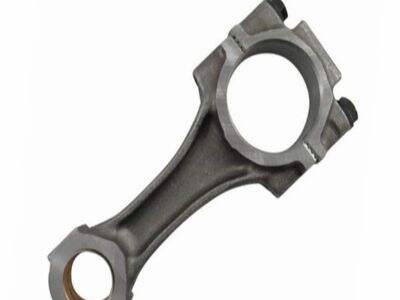Connect rods are let out in the car go vroom! Now, let's see how these special parts operate inside a car engine.
What Do Connecting Rods Do?
These are amazing helpers in an engine — the connecting rods. They convert the up-and-down motion of the pistons into the rotational motion of the crankshaft. This shift is crucial to the function of the engine and the rotation of the wheels.
How Important Are Connecting Rods?
When the fuel in the engine explodes, it forces the piston down with tremendous power. The connecting rod connects the piston to the crankshaft, making it possible to harness this power. The piston's movement does not affect the engine operation without connecting rods.
How Do Energy Move Through Connecting Rods?
The combustion of the fuel in the engine creates a force that drives the piston down. This energy is transferred from the piston to the crankshaft by the connecting rod. It converts that energy into turning the crankshaft to power the car.
Parts of Connecting Rods
Connecting rods may seem like simple objects, but there are some major components to each piece. A connecting rod has two ends: the big end (connected to the crankshaft) and the small end (connected to the piston). The rod must be strong enough to withstand the extreme forces found in an engine. If the connecting rods are not strong, this can lead to an easy engine breakdown.
How Connecting Rods Are Made Today
In fact, modern connecting rod designs are remarkably efficient. They are typically constructed from durable materials (like steel or titanium) to withstand the power of the engine. The rods are carefully shaped and balanced by engineers to ensure they work efficiently. These measures ensure the engine performs well and lasts a long time.

 EN
EN
























